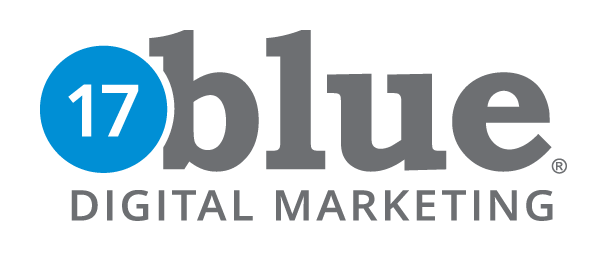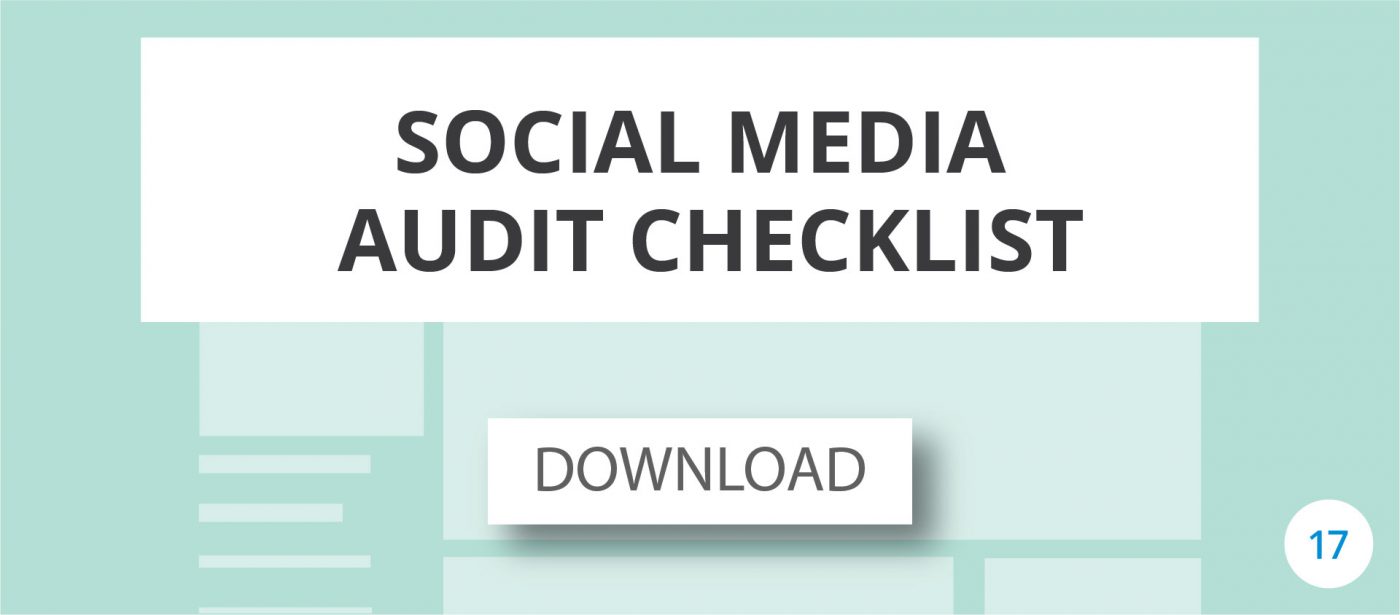When approached strategically, social media is a powerful tool for attracting visitors, converting leads, closing sales and even CRM. It’s a living, breathing conversation where thoughts, ideas, humor and information are shared.
Formulating a Social Media Strategy as part of your larger inbound marketing approach, helps you make the most of your efforts. With a little research and listening, you can create a strategy that will guide your content to greater reach and engagement.
Key Questions for Your Social Strategy:
These are important questions you should answer for your business to make sure your overall strategy aligns with your audience, their expectations and helps you reach your goals. Remember, this is social media… think about your customer first.
– Who is your social content for?
– Where are these people found?
– Is your content REMARKable? (worth talking about)
– Are you sharing your content in a manner that appeals to your audience?
(think about tips, facts, video, interesting, helpful, fun)
– Are You Listening? (not just blah, blah, blah…)
– What if it gets ugly? (What’s your plan for handling a complaint?)
"If you get bored with social media it's because you are trying to get more value than you create." -- @FastCompany
Best Practices for Social Strategy:
- Complete & Optimize Your Profiles
- Include Keywords in your Profiles
- Include a Link to your Website
- Add Custom Visuals: logos, cover art, profile photos – make it YOU!
- Know Your Buyer Personas
- What networks are they on? and what time of day/week?
- Why are they there? (business, pleasure, learning…)
- What types and formats of content to they read and share?
- Stop and LISTEN to their posts, shares and likes.
- Extend Your Audience/Reach
- Connect with thought leaders and influencers
- Connect with friends, clients, and industry peers
- Your reach includes your connections, and their connections
- Act as the Platform Demands
- What frequency works for this platform AND my audience?
- What format works for this platform AND my audience?
- Ask Questions, Converse (Don’t just talk about yourself)
- Vary content forms: photos, blogs, infographics, videos, ebooks, questions, contests, quotes, interviews, etc…
- Share other people’s posts and content
- Use the 80/20 Rule: 80% interesting, 20% promotional
"People don't share facts, they share emotions." -- University of Oxford Research
Best Practices for Major Social Platforms
There are other platforms – and depending on your audience, you may want to engage with several. But these are the “big boys” of the social scene and merit a few specific best practice suggestions. Remember, if you’re new to a social platform, each site offers help sections, suggestions, videos and other resources. Read up, listen to the conversations and you’ll become comfortable in no time. Here are a few best practices for the major platforms businesses use most:
- Keep posts under 200-250 words
- Use images and videos
- Post early in the morning and mid-afternoon
- Make it personal and keep it light-hearted.
- Post fewer times, but with high-quality content
- Keep posts under 120 words (this allows space for sharing/tagging)
- Use images and videos to increase engagement
- Tweet early and often
- Use #hashtags to connect with audiences, topic threads and trends
- Do not start a tweet with @, unless you want ONLY that user+connections to see it.
- Post to pages and groups
- Post industry-specific, thoughtful content
- Have staff share content
- Post early morning and after work – especially on Tuesdays & Thursdays
- Great for local search & audience
- Post a variety of content formats: blogs, videos, images, infographics
- +1 buttons increase click-through rates
- Post frequently on topics that interest your market and industry
Test, Check, Test Again
If your strategy is aligned to your target personas you will be able to create and curate content they want and deliver it to the platforms they use at optimal times for engagement. Remember, this is not a broadcast… so keep it conversational.
Test, check, test. Utilize platform analytics to evaluate what content, format and delivery work best for your personas. Pay attention to what is shared and what is not. Your best indicator is engagement. Increase the types of post that result in sharing and commenting, try modifying posts that are not performing well. Experience is a great teacher. Keep trying until you hit your stride for each persona and platform.










